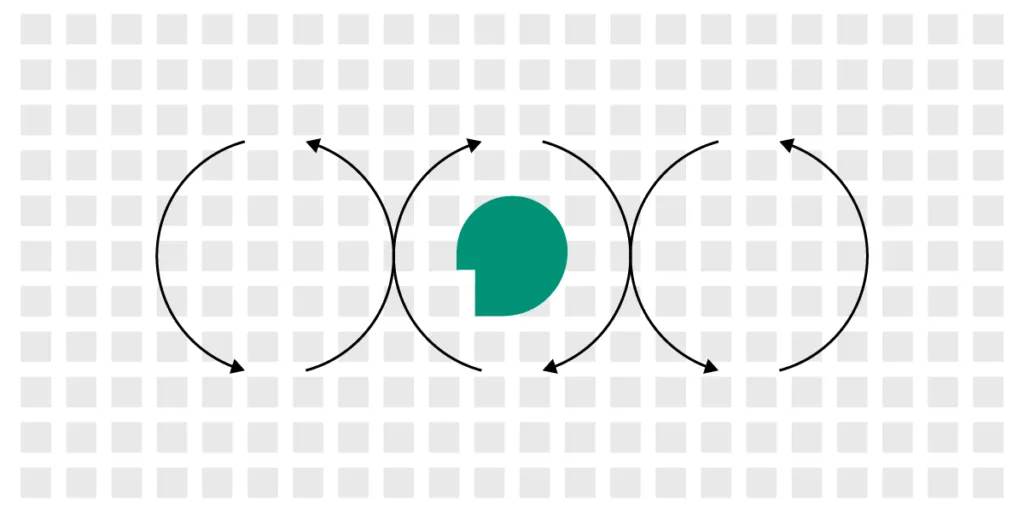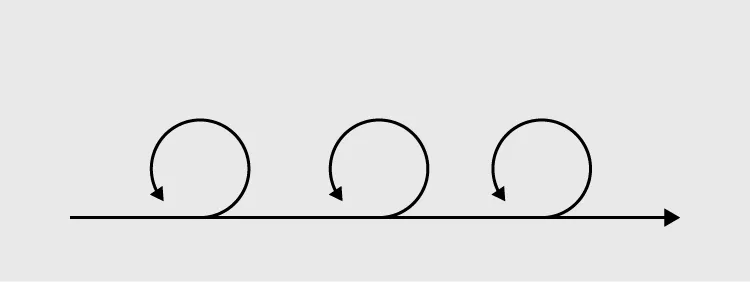Agile vs. Scrum vs. Kanban – Comparing Top 3 Project Management Methodologies

Choosing the ideal project management methodology enables users to optimize results by identifying and handling the critical components of their projects. This ensures that teams are able to manage deadlines and budgets by leveraging specific processes.
For example, agile methodologies (as the term suggests), focus on dynamic communication and constant feedback among cross-functional teams and end-users.
A project management method provides your team with a consistent reference point toward success, however, there is no one-size-fits-all choice. As such, it is vital that project management teams identify the advantages of a method before making a decision.
When using any of those methods, you need a fast and reliable prototyping tool to bring your ideas to life. UXPin is such a tool. It will cover every part of design process, so it makes collaboration easy. Experience product design with UXPin. Sign up for a free trial.
Comparing Agile vs. Scrum vs. Kanban at a Glance
Agile Methodology

The Agile methodology focuses on an incremental and iterative approach that caters to the changing landscape of a project. Generally, agile methods apply to any process that is tied to the concepts contained in the Agile Manifesto drafted in 2001.
Scrum Methodology

Scrum is one of the most widely applied implementations of the agile methodology. The methodology utilizes a consistent and specific set of roles, meetings, and responsibilities that are maintained throughout the project. Scrum was created in 1993 by software developer Jeff Sutherland and remains a popular methodology.
Kanban Methodology

Kanban approaches are visual implementations of the agile methodology. It provides users with a comprehensive breakdown of project details at a glance, which minimizes cycle time while optimizing the overall workflow.
Here is a breakdown of the main features of each methodology:
Agile
- Agile features a 12-point manifesto that guides teams toward more agile communication practices.
- Encourage continuous improvement through dynamic communication between teams and end-user customers.
- Supports projects with vaguely outlined end goals, i.e. work-in-progress shaped by feedback.
- Focuses on the adaptation to change. Shorter planning cycles pave the way for convenient editing and optimization of backlogs.
Scrum
- Scrum is a subset of the Agile method.
- Ideal for projects that focus on transparency and user visibility.
- It collectively handles coding and related processes in small quantities, which improves accountability.
- Reduces the risks of misunderstandings through improved teamwork while facilitating changes.
- Functions through uniform iterations known as sprints that last between 1-2 weeks, which enables project teams to ship software with uninterrupted consistency.
Kanban
- Kanban is a highly visual framework that presents project details in a concise manner.
- It sorts workflow management through online Kanban boards that are easily customized.
- Kanban Boards apply multiple swimlanes categorized by key details such as project status and roles.
- Boards are color-coded for easy referencing at a glance, i.e. grouping all completed tasks in purple and work-in-progress in green.
Choosing The Right Methodology
What is the Project’s Goal?
The project’s goal will determine the ideal approach by narrowing down on the processes prioritized by a team or organization. As such, it is important for users to identify the type of project and its involved processes before settling on a project management methodology.
This means examining the critical criteria that drive a project, some of which include: its budget, complexity(based on the timeline and number of people involved), scalability (the targeted outreach, long-term business plans), role specializations, availability of resources, industry practices, and timeline.
Upon assessing the criteria, project managers will be able to seek a methodology that enhances the structure of their project. This involves comparing the pros and cons of each methodology and determining the choice that will deliver maximum impact while eliminating those that carry the most risks.
Who Needs to Be Involved in the Project?
Customer Involvement
It is essential to establish the customer’s role in project management. Project managers should seek to provide seamless communication channels between customers and the development team. This may include the facilitation of interactions such as real-time updates between customer user responses and backend data management.
Kanban and Scrum differ in a way that the feedback will be presented to the rest of the team. While in Kanban, they will end up on the backlog board, in Scrum, they will be carefully considered.
Team and Stakeholders
Project managers should determine the size of each team and the best method of communication among various roles. The selected methodology should support teams in achieving individual deliverables while maintaining efficient collaboration.
Project managers should also work closely with major stakeholders who are responsible for high-level planning such as budget approval. A best-fit methodology should optimize connections among every tier within project management.
Scrum is praised for its efficiency. A sprint lasts two weeks, while Kanban doesn’t have such rules.
Role Specialization
The roles involved in a project will determine the type and frequency of communication in project management. Additionally, it is essential to identify various role specializations to ensure that each stakeholder is provided relevant support and privileges.
When comparing Scrum vs Kanban vs Agile, only Scrum has clearly specialized roles that you need to adhere to. In Kanban, every team member is the owner of the board. Choose this method if role assignment is something that will improve project flow for your team.
What Is Your Timeline?
Timelines will help project managers determine realistic targets. Timeline planning should include budget considerations, the estimated response rates of the various roles involved, and leeway for technical error and other potential setbacks.
What is Your Budget?
Project managers should establish the budget for the project by considering its processes, roles, and timeline. Complex projects may require a combination of various project management methodologies.
Budget tracking should be available to stakeholders in a transparent and consistent manner. A project’s budget is a major factor in assessing the preferred methodology since it serves as the baseline in estimating the variance of a project.
How Complex is Your Project?
A project involving multiple roles and procedures might require a combination of methodologies for the most successful results. Complexity is assessed based on requirements such as the roles involved, time and cost.
How Scalable is Your Project?
Determine the long-term targets of the project, which include the scope and timelines for expansion. Project managers should check if their programs are equipped to scale-up according to set goals. Scalability might include additional processes and roles among other variables. Project managers must decide how these changes are implemented in the quickest, most effective, and affordable manner.
Use the Best Possible Tools
Project management can be simplified with excellent results by applying the most suitable methodology. The selection of an effective project management software is equally critical to the success of projects.
UXPin is a leading project management solution that supports every methodology. The platform utilizes a massive range of dynamic features, which include:
- Neat and structured dashboards for highly visual Kanban-style projects, where the permissions and statuses of members are clearly displayed for easy reference. Additionally, each uploaded design is encrypted and backed up for added security.
- Built-in notifications, task assignments, and approval requests ensure that projects are carefully handled under the Scrum framework for maximum accountability.
- Optimizes user accessibility of agile methods through a dynamic and cohesive system that connects people in a project with simple push and pull changes. Users may easily share project specifications with developers through password-protected links.
Additionally, UXPin enhances project management with a vast range of design and prototyping elements which include unlimited prototypes and reviewers, stakeholder approval, conditional logic and contextual documentation.
UXPin is your one-stop design tool for your project needs, suitable for all methodologies. We are here to help you bring your greatest ideas to life. From prototyping, collaboration to design handoff. Sign up for a UXPin’s trial.




